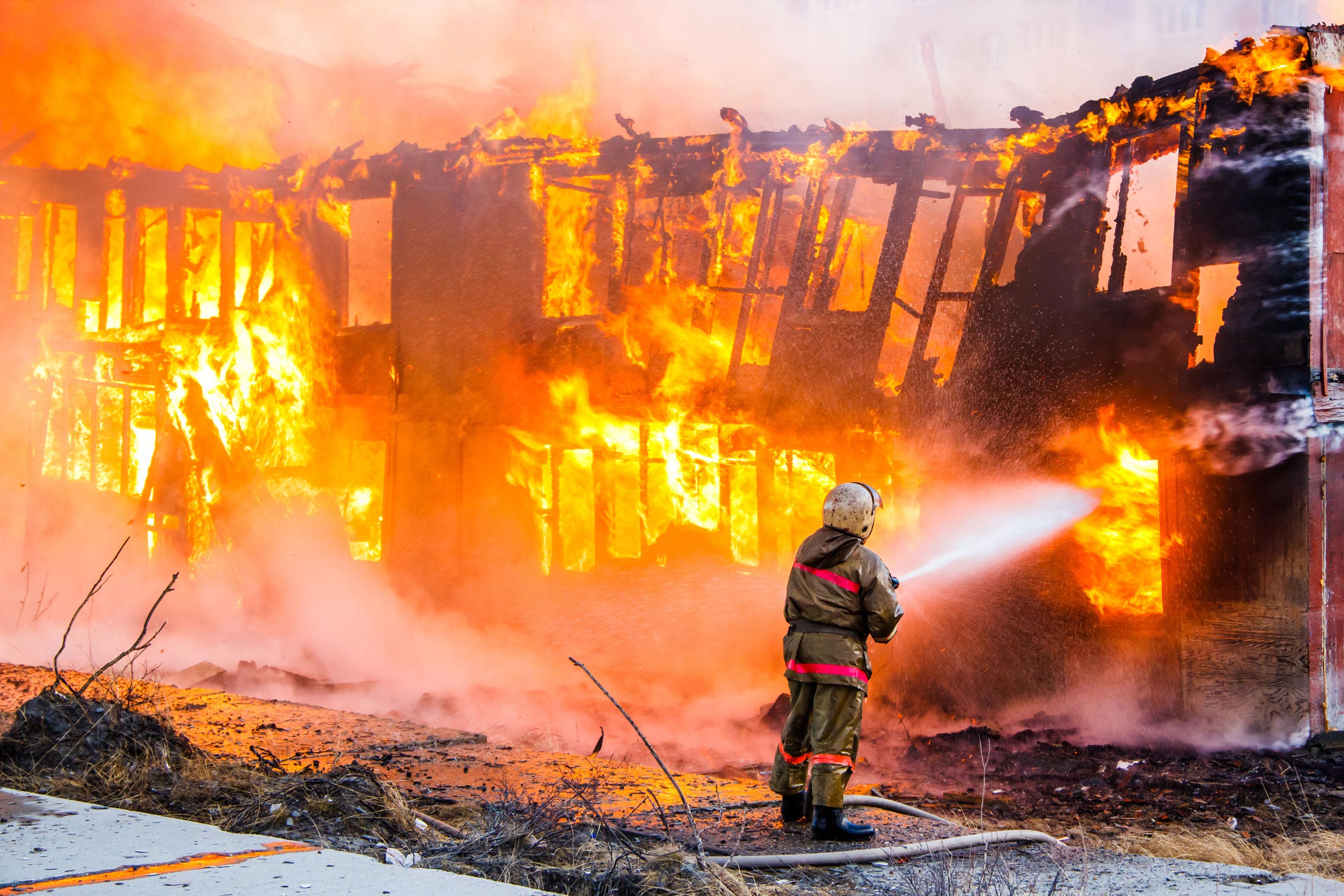Your doctor will prescribe oxygen if your lungs are not getting enough oxygen into your blood. Many people don’t realize that oxygen is a drug because we are breathing it everyday in our atmosphere. When you need oxygen concentrations above 21% (the percentage in our atmosphere) you will need a prescription. In its natural state, oxygen is an odorless, tasteless and colorless gas. It is considered the most important of all the elements to life.
Oxygen does not burn; however, it does support combustion. In other words, combustible materials will burn much more vigorously in an oxygen enriched environment, compared to our normal environment.
Not only does oxygen exist in a gaseous form, it can also appear in a liquid and solid form. Liquid oxygen is extremely cold (-297.3⁰ F) and looks pale blue in color. It flows like water and weighs 9.52 pounds per gallon. Solid oxygen is used for rocket propulsion to propel our astronauts into space.
If you have been prescribed portable oxygen, we recommend that you make a copy of your script and keep it with you always. This way, if you are traveling or are far from your home and run out of or have a failure of your oxygen system, you will have a prescription with you to present to the oxygen company proving you are an oxygen patient.
Millions of people have safely used oxygen. There are a few things to remember when having oxygen in your home:
- No Smoking. Never smoke while you are on your oxygen or near your oxygen source. As a rule of thumb, do not come within 6 feet of any heat source when on your oxygen.
- If you are going to use the stove, remove your nasal cannula and leave it in an adjoining room. This includes electric stoves as well. Just because there is no visible flame, it is still an extreme source of heat which can ignite a fire.
- Do not leave your oxygen equipment turned on when it is not in use.
- Do not let children or untrained individuals operate your oxygen equipment.
- Store extra portable cylinders on their sides. Never leave oxygen cylinders standing upright unless it is secured by either by a cylinder cart, cylinder holder, or secured to the wall by a chain.
- Do not place cylinders in the trunks of cars.
- If you have a liquid oxygen portable, keep it standing upright. Never lay it on its side. Never touch the frost that forms on your liquid portable.
- Always open a cylinder valve slowly.
- Do not place oxygen equipment near sources of heat such as stoves, heaters, etc.
- Do not store oxygen in an enclosed space, such as a closet or car.
- Do not use bedding or clothes made of wool, nylon or synthetic fabrics, as these materials can generate a spark. Cotton material is recommended as it will not create a spark, which could ignite a potential fire.
- Do not use petroleum-based products such as petroleum jelly.
- No oxygen cylinders of any kind can be taken on any commercial airliner.
If you ever have concerns or questions regarding your oxygen and the safe handling of your oxygen, please contact your provider. We want you to travel as much as possible—but we want you to be safe.




.png?width=767&name=COPD%20in%20the%20cold%20(2).png)









